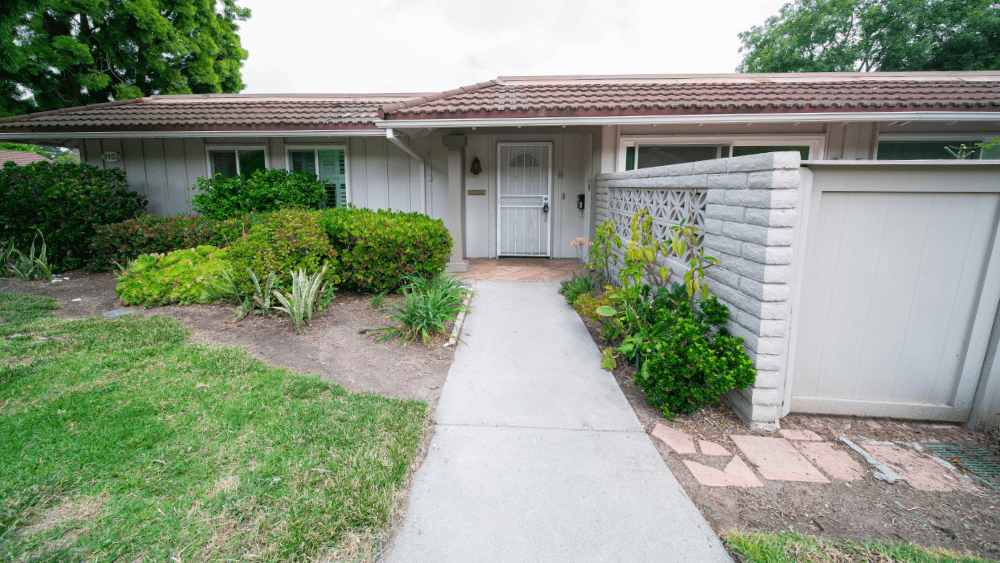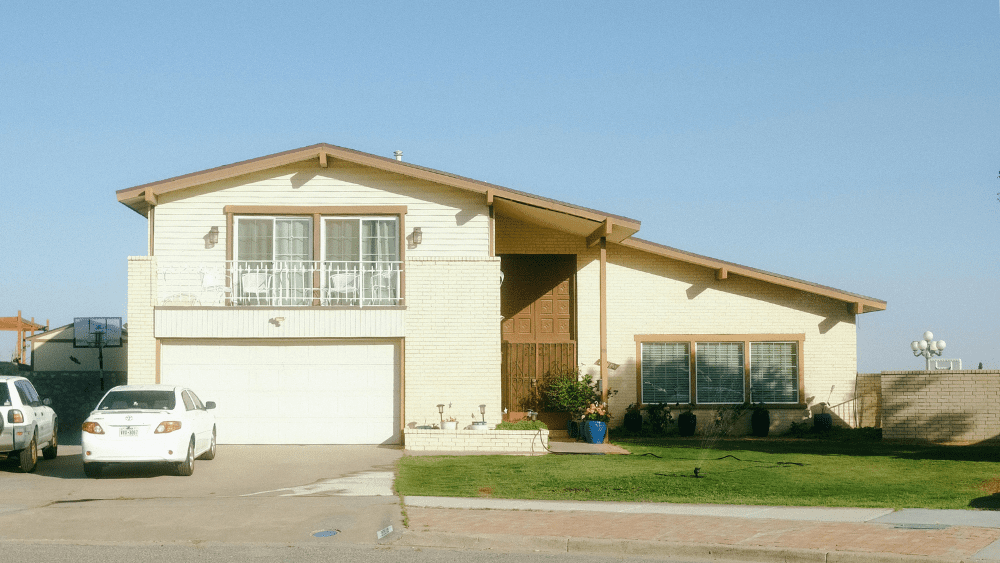Canada’s population slowdown hasn’t trimmed home prices nearly as much as rumoured. Canadian Real Estate Association (CREA) data shows the national benchmark is down sharply, but only two provinces have seen real corrections as of August. The other eight hit all-time highs within the past year—six of them in the past quarter. Are these markets immune or just late to the downturn?
Canadian Real Estate Prices Near Record Highs In 8 Provinces
Canadian real estate prices: Percent change in the benchmark home price from peak to August 2025, by province and nationally.
Source: CREA; Better Dwelling.
The price of a typical home across Canada fell to $686,800 in August, down 19.4% (-$164,800) from the peak. But this sharp correction isn’t being observed outside of Ontario and BC, with every other province remaining stubbornly high.
Newfoundland, a province with fewer sales than Saskatoon, just saw prices hit a new record high in August. In fact, 8 of 10 provinces hit all-time highs within the past year, and 6 in just the past quarter. Hardly the kind of “crash” that justifies the flood of credit stimulus being rolled out.
Most provinces have only seen sales slow, but prices have been cushioned by relative affordability. Then there are the other two provinces.
Canadian Real Estate Correction Only Hit BC and Ontario
Canada’s two most expensive markets have seen the sharpest reversals, skewing national data. Ontario prices surged 59.9% (+$396,500) from the March 2020 rate cuts to a February 2022 peak, then plunged 25.6% (-$271,200) as of last month. Even after the correction, prices remain 18.9% (+$125,300) above the start of the rate-cut cycle, when it already pushed affordability.
BC has been more resilient. Prices climbed 51.6% (+$364,600) from March 2020 to the April 2022 peak, before slipping 12.0% (-$128,800) to $942,800 in August 2025. That’s about half Ontario’s drop, with BC proving much stickier.
Canadian Population Boom Masked The Real Driver: Cheap Credit
Slowing population growth isn’t the primary driver for lower home prices. Ontario and BC corrected as interest rates climbed—even as immigration accelerated out of the pandemic stall. Population growth helped speculators rationalize supersized borrowing, but ultimately, expensive markets are far more sensitive to rates.
This is monetary policy 101: Lower rates pull demand forward, deliberately overrunning supply to create inflation. Policymakers won’t say it out loud, but that doesn’t make it less true.
On the flip side, that means a simple tweak to immigration policy is unlikely to reignite demand in Ontario and BC.
Canadian Real Estate Correction Delayed In Other Provinces?
Home prices in most provinces have set record highs in the past year, contradicting the idea that slowing population growth explains falling prices. In fact, some regions saw prices climb even with sales remaining slow. Lower price points make these markets especially sensitive to credit stimulus like rate cuts and extending amortizations.
Interprovincial migration and “bubble contagion” also play a role—buyers leaving frothy markets justify higher prices elsewhere, regardless of local fundamentals. But the gap is closing: the condo discount in Halifax versus Toronto has shrunk from 50% in 2020 to less than 20% in August 2025. These trends can persist as long as buyers are in their own bubble.



















 English (US) ·
English (US) ·